
Promising news for the Koermann Block on 96 Street: City Council has agreed to sell the site for below market value for affordable housing on the condition that the building is protected as a Municipal Historic Resource. #yegheritage globalnews.ca/news/9520645/e… 

Many people are know that Strathcona had a significant German community 100+ yrs ago because aspects of it (e.g. Holy Trinity Lutheran Church, K&K Foodliner) still exist, but downtown Edmonton had one too. Here's a map of German families prior to 1914. sites.ualberta.ca/~german/Albert… 

One of the leaders of this community was Gustave Koermann, editor of the Alberta Herold, a German-language weekly published on Namayo Ave (97 St). Born in Dortmund in 1865, he came to the US in 1881 and ran a German paper in Winnipeg for 15 years before coming to Edmonton. 



In 1912 Gustave & his wife Ella bought a lot on Kinistino Ave (96 St), whose name reflects the earlier Indigenous title to the land. They built a 2 storey buff brick building that housed Koermann's printing outfit, the Ukrainian Book Store & other businesses plus residents. 



But economic decline made it hard for the Koermanns to pay their loans and then when WWI started, the paper was deemed to be a subversive publication. The Herold stopped printing in 1915 and the Koermanns lost control of the property a decade later. They died in 1927 & 1932. 



A Winterburn farmer named William Miller who had loaned the Koermanns money ended up as the owner of the building. The Ukrainian Book Store moved to 101 St shortly thereafter. Subsequent commercial tenants included Metal Specialty Co., North West Baking & Canadian Trade Schools. 
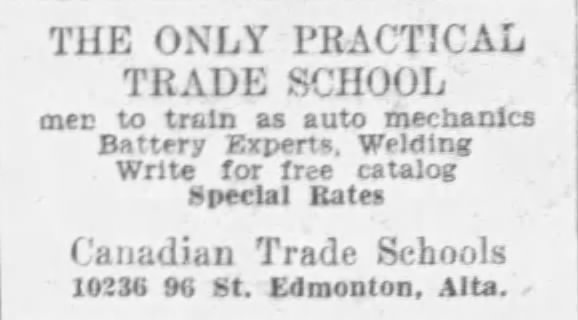
When Miller got dementia in the late 1940s, the property was sold to a Bulgarian immigrant who was raised in Saskatchewan, where he had changed his named from Slavy Constantinoff to Sim Constant to better fit into Anglo society. Constant renamed the building the Constant Block. 

Over time the building became less commercial & more residential. In 1957, the year this air photo was taken, the Constant Block was home to a dept store clerk & his wife, a gas station attendant, a carpenter, a lumber wholesaler, a furnace company employee & several retirees. 



Stanley & Suey Tong See, prominent members of Edmonton's Chinese community, bought the building in 1959. Chinese tenants came to predominate. A barbershop was opened in the building in 1985. 
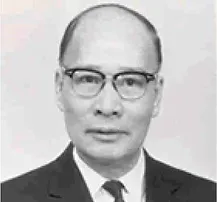
The Gees stewarded the building through a challenging period when the surrounding neighbourhood was hollowed out by disinvestment and as parking lots proliferated. This air photo is from 1988. 

In the midst of this, @FortEdPark built a replica that opened in 1983 to recognize Edmonton's Ukrainian community. Fort Edmonton calls it the Ukrainian Bookstore but its sign mentions the Koermanns. It's one of only two of the park's copies of original, still standing buildings. 





When Stephen Mandel became mayor, he initiated The Quarters Downtown initiative to revitalize the Boyle Street area. The Quarters planning designated 96 Street as an "Armature" or central focus & identified the Koermann Block as a historic resource worth preserving. 



Using money from a Community Revitalization Levy, the City rebuilt 96 Street in front of the Koermann Block into a beautiful, pedestrian-friendly street with public art that I really like and green infrastructure features. 

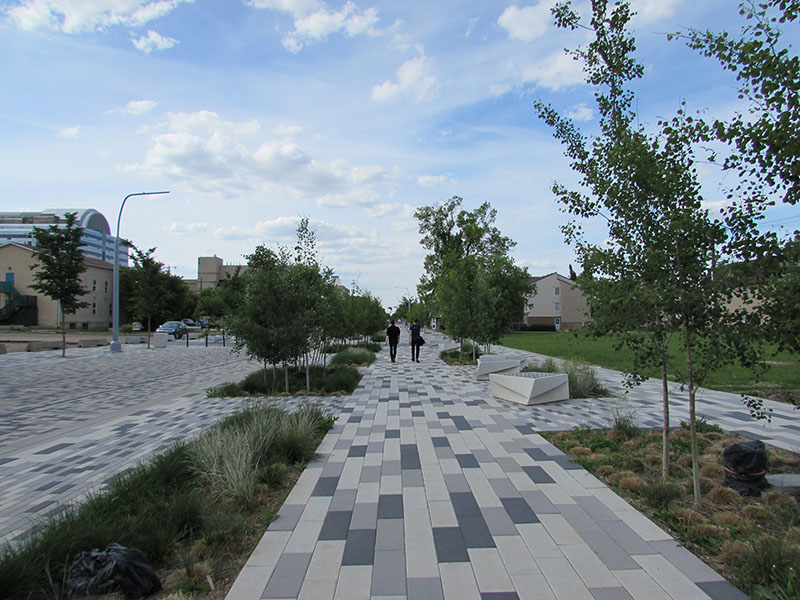
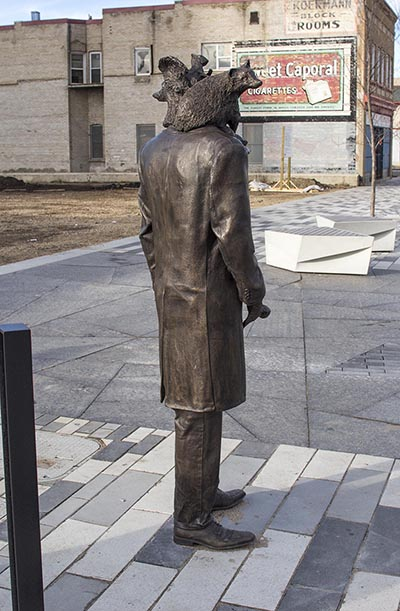
Meanwhile during the pandemic, the City built Kinistinâw Park with its striking red canopy on the east side of the 96 Street kitty-corner from the Koermann Block. Whether or not you think this infrastructure was worth the money, it's clear that it has improved the area's amenity. 

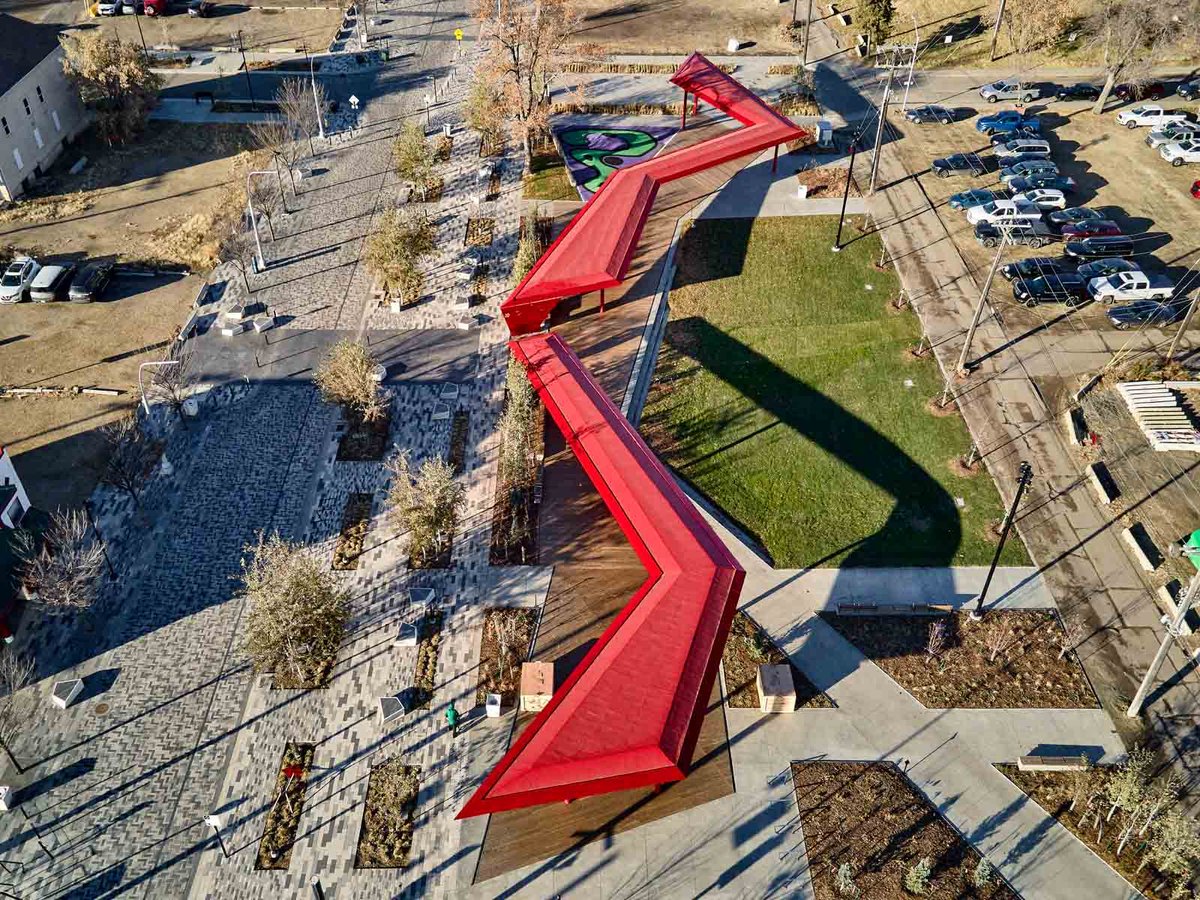

With all this planned & so much vacant land in the area, it boggled my mind that the Artist Quarters project proposed to demo the Koermann Block & incorporate a couple of its facades into a new tower. You couldn't find anywhere else in the area to put it? cbc.ca/news/canada/ed… 



But the Artist Quarters didn't get traction. Now the City is willing to sell the land the Koermann Block occupies for as low as $1 for a development that incorporates affordable housing. Site remediation is required but heritage & affordable housing grants are available. 

After the City tore down the Mount Royal Hotel next door in 2011, Jack Dong, one of the Koermann Block's last residents, planted a garden on the vacant lot. Being in the garden, 81 year-old Dong said, was the best part of his day. 





He learned to garden in the 1930s when Japanese occupation caused mass starvation in China. Dong came to Canada in 1951 and worked in Chinese restaurants. "Time goes fast," he said in 2012. 

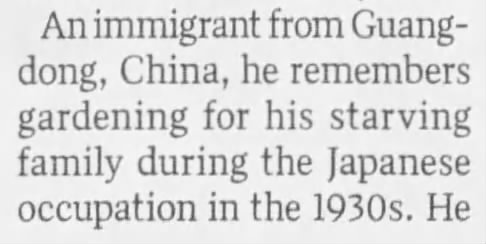

Someone, please honour the time of which Jack Dong spoke and the heritage of a place with so much potential. 

• • •
Missing some Tweet in this thread? You can try to
force a refresh





























